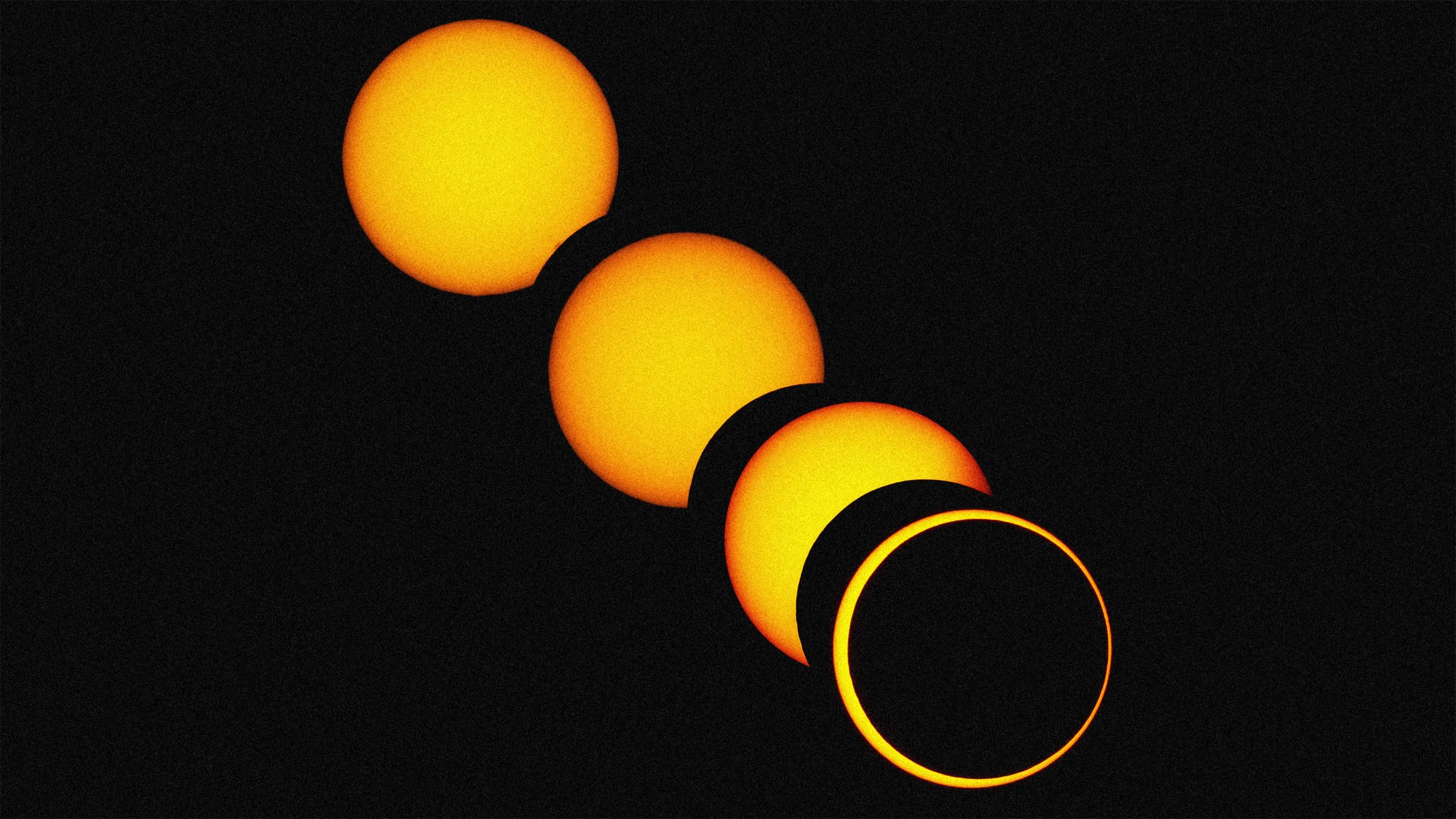Solar eclipse explained: What’s happening to the Sun, and why are people so excited?
Solar eclipse explained: What’s happening to the sun, and why are people so excited?
A full solar eclipse is a reminder to us all that the natural universe is infinitely grander than anything we can imagine.
On April 8, North Americans will be treated to a very rare scientific event—the first full solar eclipse since 2017 and the last to occur until 2046. This event offers us all a great opportunity to witness natural science in action, in all its magnificent glory.
Human beings have created a world of wonderful things, from art and architecture, to medicine, space travel, and, yes, planes, trains, and automobiles. And, while humans will continue to play a hand in revealing the wonders of nature, a full solar eclipse is a reminder to us all that the natural universe is infinitely grander.
There are two kinds of eclipses. A lunar eclipse occurs when the earth positions itself directly between the sun and the moon, casting a shadow on the moon’s surface. The second, and more rare, is the solar eclipse—and a full solar eclipse is as good as it gets.
A solar eclipse is the outcome of the moon being perfectly alighted—a position called syzygy—between the sun and our beloved earth. Due to the massive distance between the moon and the sun, compared to orbit of our moon, as well as the sun-moon size differential, during this rare solar eclipse, the moon casts a relatively small shadow on our planet. And, as our earth is spinning, the darkest area of that shadow, known as the “path of totality,” moves slowly across a given geography.
It is important to appreciate when scientists claim solar eclipses are “more rare” or a “once in a life time” event, they are referring to an observer experiencing this path of totality in their specific geographic location. In actual fact, there are several kinds of solar eclipses occurring at an approximate frequency of two to five per year, with an actual “total solar eclipse” occurring approximately every 18 months. The multivariable combinations of a perfect “syzygy”, however, producing a shadow that lands on our earth’s surface, culminating in that beautiful and brilliant corona seen from our perch, makes our earthly experience of this celestial dance both rare and scintillatingly special.
Our April 8th total solar eclipse will have a path of totality that starts in Mexico, then moves up to Texas before making its way through the Midwest, then the northeast and upward through eastern Canada. Unlike a lunar eclipse, however, a solar eclipse can concentrate sunlight around the moon’s shadow thereby making it very dangerous for our eyes. Solar eclipse glasses are therefore a must when experiencing this phenomenon.
As many great natural wonders, especially those appearing otherworldly, humans have reacted to eclipses in a multitude of ways. Some cultures executed a “stay inside” ordinance and outright prohibition of eclipse viewing, banning eating, drinking, and sleeping, while others support outdoor celebrations complete with dancing and music.
From ancient civilizations proclaiming vexations of the Gods, to modern-day astrophysicists calculating the numerous permutations for a perfect syzygy preparing us for the short-lived celestial super theater, we have given appropriate homage to this great natural wonder.
Fascinated by eclipses, as we humans are, not to be outdone, the animal kingdom also takes notice. Diurnal and nocturnal species alike get thrown into a quasi-dizzying state as a solar eclipse can trigger a quieting, going-to-sleep mode in some, while activating night predators or catalyzing cicadas and crickets to concert in a harmonious chirping symphony of typical nighttime sounds.
Reports include spiders deconstructing webs during totality, only to rebuild them again when the brief eclipse is over, to swarming bees reverting into their hives. Some larger animals like lions and baboons remain unimpressed by the alignment of celestial bodies, yet others, like giraffes, have been observed running amok in their natural habitat.
Oh, and those precious pets of ours? Nothing super exciting here. They are so domesticated, it turns out, that they just adapt to eclipses just like some other thing we changed on their schedule. Indoor pets barely notice it, and dogs outside may get a little fussy during totality, but post eclipse, they return quickly to their pre-eclipse mood.
So, get excited about April 8, because no matter what era we Homo Sapiens find ourselves in, mother nature continues to bewilder us with her dazzling beauty, inexhaustible power and shameless wonder. Go ahead, enjoy this eclipse as the natural universe humbles us again, waxing poetic, always reminding us who our noblest scientists really are.
ABOUT THE AUTHOR
(19)



